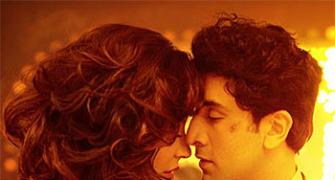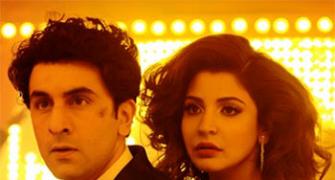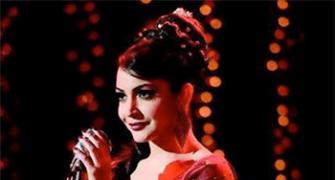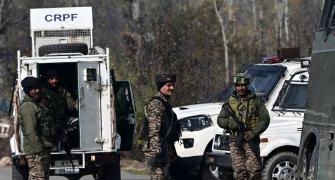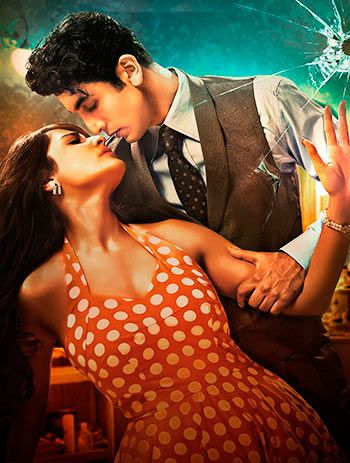
Bombay Velvet has been garnering a lot of negative reviews since its release. Most of the critics sound like they're frustrated by the sudden tone-shift in the movie's second half.
The truth of the matter is that, without that tone-shift, most of these very critics would have been left bewildered by the supposed absence of a 'well-defined storyline'.
When plans to make a film set in the Bombay of the 1960s were doing the rounds, my immediate response was that nobody except Anurag Kashyap could do it the way it was meant to be.
For starters, the subject demanded a peep-job from the quintessential 'outsider' -- someone who was too fascinated by the juices that the city provided to approach the subject rationally.
My belief was strengthened by the fact that of all the texts we have about the city in the '60s, the Louis Malle documentary Bombay, 1969 has to be the one that had the most impact; and Malle was as much an outsider as anyone could possibly be.
The material of Bombay Velvet (partly adapted from Gyan Prakash's book Mumbai Fables) seemed perfect for Kashyap because he is inherently a child of the subculture.
Anyone who delves deeper would know that the culture of Mumbai, as we see it today, is a direct descendant of the subculture that existed in the city back then.
A lesser director -- if he was handed material that seems so 'ready-fit' -- would have, with all safety nets in place, made a movie that we so naturally expected from him.
However, Kashyap, in addition to being the most exciting filmmaker in the country right now, is also one who most readily risks failure; the kind that his overreaching self will often take him to and also the kind that the other directors would normally avoid.
As my instincts were proved right on watching the movie, I felt compelled not to write about it immediately. There are movies that you want to write about without letting go the very feverish sensation with which it grips you, there are also ones like Bombay Velvet that demand a certain distance.
The distance also made sense because the tawdriness of Bombay Velvet's second half has such a looming effect that it very nearly overshadows some of the truly inventive things that Kashyap does with the material in the first half.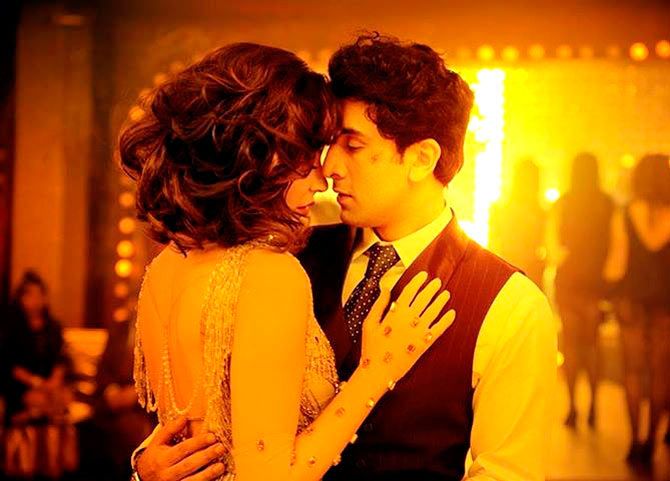
Whether it's the casual cynicism of the 'aam Hindustani' that foretells the tough times that await a regular Joe looking to base his life in Bombay, the scene that shows the young protagonist Johnny Balraj arriving in the city (mounted almost consciously to resemble the young Vito Corleone's first taste of America in Godfather II), the jazz riffs that cut to life and back to the singer moving dangerously close to living the lines she is singing, or the subtext of ambition being the greatest leveller and love the greatest tranquiliser... the effects are dizzying.
Kashyap shatters so many glasses in the first hour or so that we know he is going to have a tough time picking up the pieces.
The brilliance of the first half lies in the fact that there are as many thumbnail essays about the city in those sequences as there are the notes about the specific characters we are introduced to.
The movie suffers when the essays about the city stop coming and the characters start inhabiting worlds of their own.
Bombay, we realise, was the thing that kept these dreamy-eyed munchkins together. And because the sensualist in Kashyap is only interested in playing spectator in the first half, we as the audience can sit back and enjoy the beautiful effect of lushness and grime played back-to-back.
In a wonderfully conceived sequence, Johnny, after having grasped that his mother has run away with his loot, corners a 'lead' and asks, "Maa kahaan hai?" once before he proceeds to ask "Sona Kahaan hai?", thrice. Kashyap's wickedly flamboyant sensibility comes to the fore in scenes such as these more than once.
In the second half, however, the pleasure of gliding through sequences is replaced by the burden of having to sit through the staging.
This would have never made for a plot-dependent movie (it's too smart for that and the material too trashy), but, in the second half, Kashyap feels this almost sanitised desire to make his plot work; which is when his camera starts 'capturing things' that let us 'soak it all in'.
The same characters who didn't mind being gibberish early on now have to outsmart and out-speak each other to get through the day.
If the first half of Bombay Velvet is a 'masterpiece of chaos', the second half is the 'chaos of the sweep'. Kashyap tries to create fake poetry from fakeness and, because he is so incapable of lying, we catch him doing it; the final shootout sequence can only work for those who don't really get where the director's prodigious talents lie.
As I sat through Bombay Velvet, I kept asking myself if Kashyap would probably do better if he had stuck to his smaller set of stock actors rather than play hooptedoodle with big stars.
Ranbir Kapoor for all his radiance –- he is terrific here as well –- is the kind of star that Marlon Brando was in his pre-Last Tango in Paris days; someone who can walk into a frame and cut the frame down to his size.
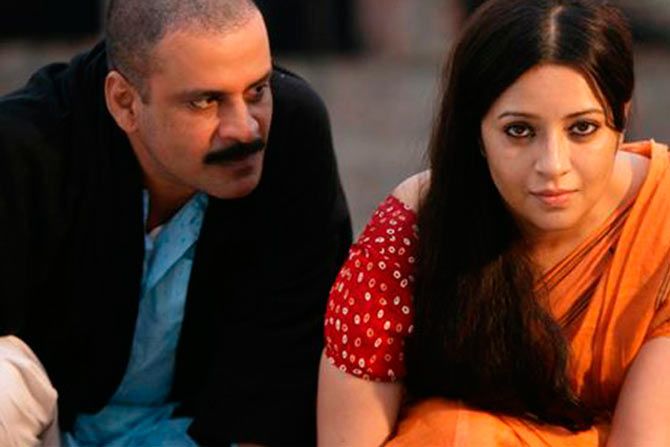
However, Kashyap, like Robert Altman, is at his very best when he handles density; distributing the weight of his conception equally amongst his actors and the ambience.
Some of the most wonderful sequences in his best films -- Ugly, Gangs Of Wasseypur and Black Friday -- are where the director introduces us to a character and the movie goes off at a tangent, zooming into the life of the just-introduced character.
That kind of digression has such a whirling effect that, by the time we come back to the spot we left from, we are more thrilled than exhausted.
The flipside of working with a brilliant performer and yet an unquestionable star like Ranbir is that Kashyap can't take digressions; he has a singular protagonist who will always, always call attention to himself.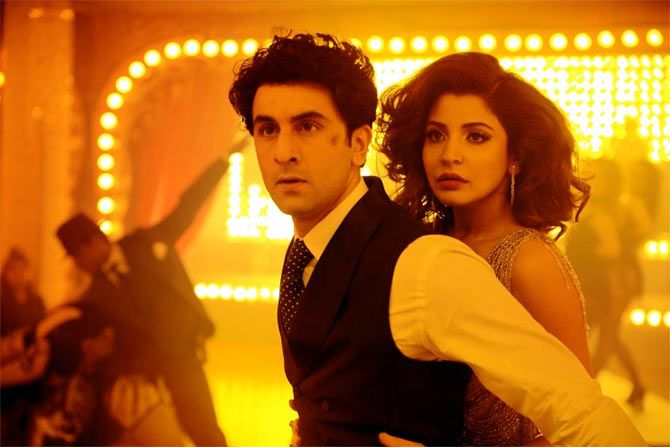
Bombay Velvet has been garnering a lot of negative reviews since its release. Most of our critics sound like they're frustrated by the sudden tone-shift in the movie's second half.
The truth of the matter is that, without that tone-shift, most of these very critics would have been left bewildered by the supposed absence of a 'well-defined storyline'.
Kashyap tries to offset these complaints by shooting arrows all over the place. Not only does he fail in the process, he also reinforces his Hemingway-like personality that regards failure as a badge of honour, something he warns we all should probably get used to.
For all the fights he picks with the system, for all his acidic comments and all his disillusionment, Kashyap is also an incredibly complex screen artist.
When Anurag Kashyap storms the Bastille, he isn't looking at a simplistic revolution for the guillotine to savour blood; he is also aiming for a taste-renaissance that will linger on, forever.
Read the Bombay Velvet reviews here: 1 , 2 and 3

